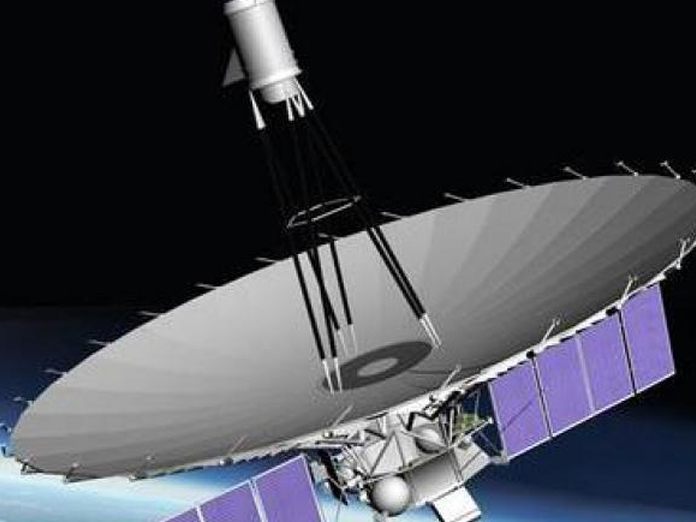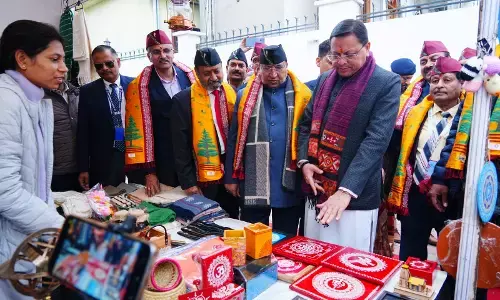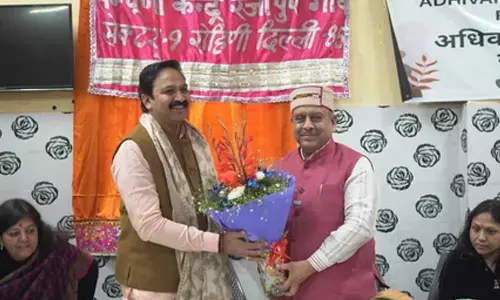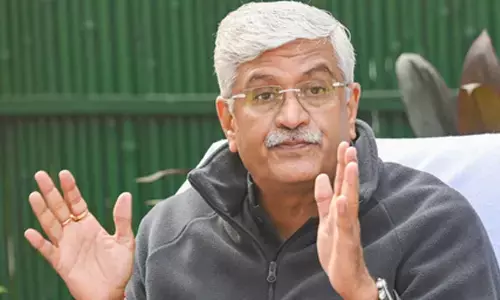Multi-decade data map to predict storms

Scientists have mapped the soil moisture and temperature variations in India over five decades using satellite data, creating a resource that may be a critical to improve predictions of how violent storms will affect any area
Washington: Scientists have mapped the soil moisture and temperature variations in India over five decades using satellite data, creating a resource that may be a critical to improve predictions of how violent storms will affect any area.
Thunderstorms embedded in Indian monsoon systems can deluge areas with dozens of inches of rain in little time, causing severe flooding and loss of lives each year.
Better predictions of when, where and how much rain will fall is key to saving property and lives, researchers said in a statement.
The team, including those from IIT Bhubaneswar and National Institute of Technology Rourkela, in collaboration with the Ministry of Earth Sciences developed multi-decade soil moisture and soil temperature fields using variety of surface and satellite data.
They have shown that fine-scale data, never before available for India’s monsoon regions, is a critical ingredient to understanding and improving predictions of how violent storms will behave over land. Just as storms change behaviour based on the landscape — such as moving from water to land — or from encountering a cold or warm front, they also react to changes in wet or dry and warm versus colder soils.
“For a long time Indian monsoon research has focused as an oceanic feedback, but in recent years we have seen localised heavy rain embedded within thunderstorm eve-nts with flooding and clo-ud bursts that occur over land,” said Dev Niyogi, a professor at Purdue University in the US.
“What we have learned is that gradients in soil moisture and soil temperature help create an atmospheric frontal boundary and can unleash violent reactions from a storm,” said Niyogi, who led the study published in Scientific Data. “Understanding these locations climatologically is key to help these predictions,” he said.
Researchers worked more than three years to compile different datasets and assimilate global satellite soil moisture and soil temperature data from 1981-2017 and beyond.
Their product now provides gridded data every three hours for every 4 kilometre parcel of land giving soil moisture and temperature in India.














